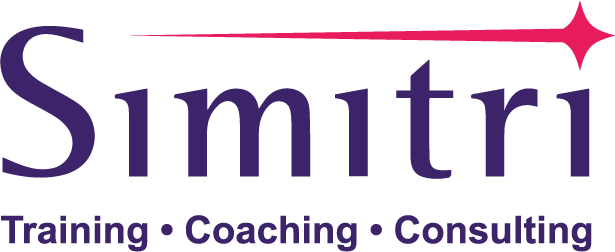As we step into a new year, it's customary to feel a surge of optimism and set forth both personal and professional resolutions.
Companies globally, across all sectors, are eager to explore growth opportunities by integrating new technologies into their business frameworks, thereby boosting productivity. This technological shift is not only creating an array of new job roles but also transforming existing ones. The profound transformation will require a flexible and adaptable workforce in terms of skillset, which can only be provided for by creating a culture and setting up mechanisms of lifelong learning and upskilling.
While digital skills like technology design, programming, and systems analysis are increasingly in demand, the future also belongs to uniquely human abilities.
Creativity, critical thinking, leadership, emotional intelligence, and initiative—skills that are far from being automated—will remain essential to thriving in this new era.
The challenge companies face when considering the adoption of a learning program is weighing the costs and benefits of reskilling or upskilling current employees versus the expenses of firing and hiring new talent.
Reskilling often proves more cost-effective, as the average cost of hiring a new employee exceeds USD4,000, not including onboarding and lost productivity. In contrast, reskilling offers a faster return on investment, with companies typically recouping costs within a year. Additionally, 94% of employees are more likely to stay with a company that invests in their development, reducing turnover costs, which can be up to 200% of an employee's annual salary for higher-level positions. By reskilling, companies can also address the skill gaps that 87% of executives report, building a more adaptable and productive workforce aligned with technological and industry changes.
Society faces a different opportunity cost when it comes to reskilling: failing to reskill workers in disrupted jobs can lead to years of welfare payments, lost tax revenue, and harder-to-quantify impacts like family strain and health issues. From this perspective, many transitions yield a positive cost-benefit outcome on the human race.
As we navigate the profound changes of the Fourth Industrial Revolution, the opportunity to shape the future of work is in your hands. By embracing reskilling and fostering a culture of continuous learning, your organization can not only stay ahead of the curve but also cultivate a more resilient, innovative workforce ready to thrive in a rapidly evolving landscape.
The time to act is now. Start 2025 by committing to upskilling your employees, enhancing their potential, and preparing them—and your business—for success.
Together, we can turn the challenges of tomorrow into opportunities for growth and lasting impact. Let this be the year you invest in your people and position your organization for a bright, prosperous future.



